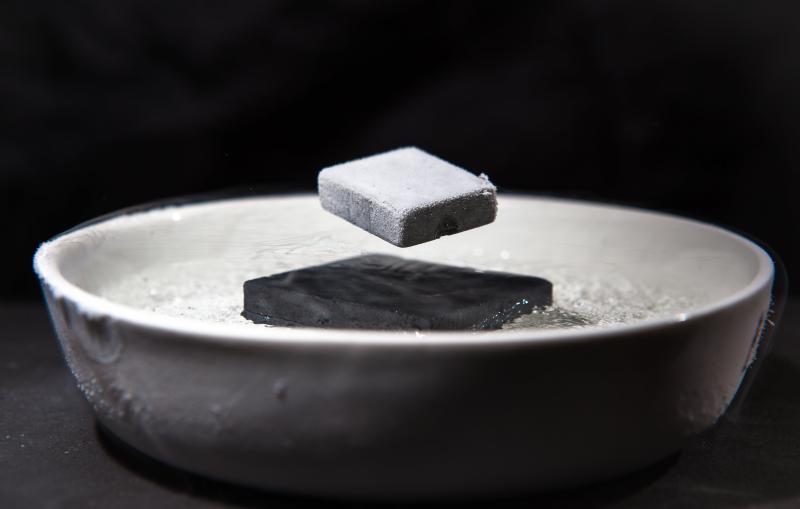Extraordinarily precise measurements -- within millionths of a billionth of a second and a billionth of a hair's breadth -- show this ‘electron-phonon coupling’ can be far stronger than predicted, and could potentially play a role in unconventional superconductivity.

